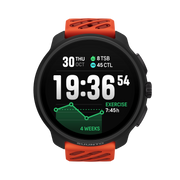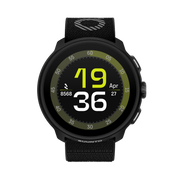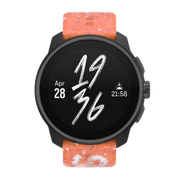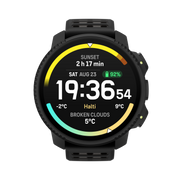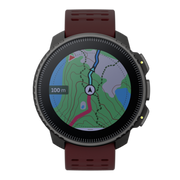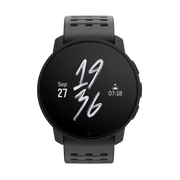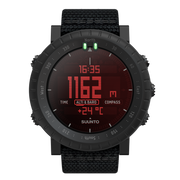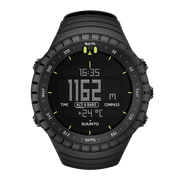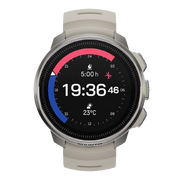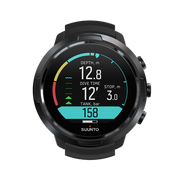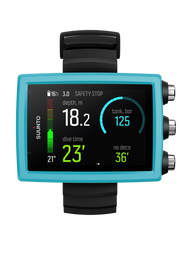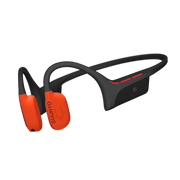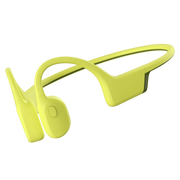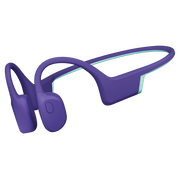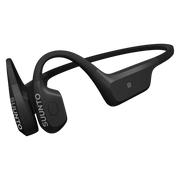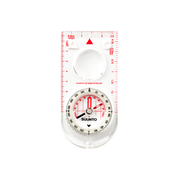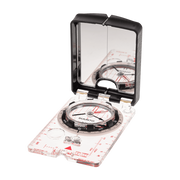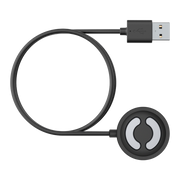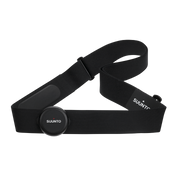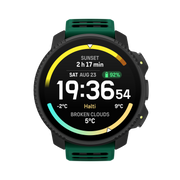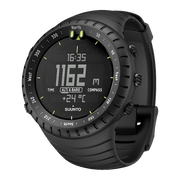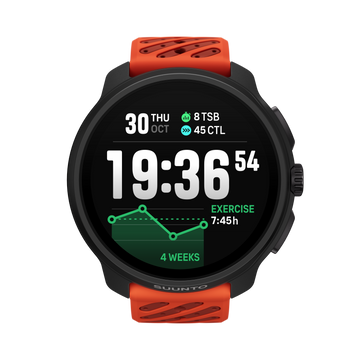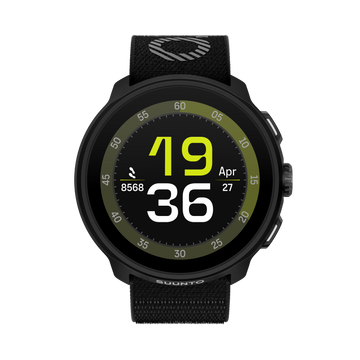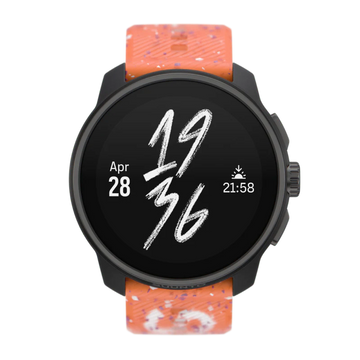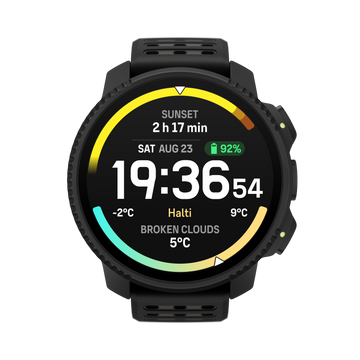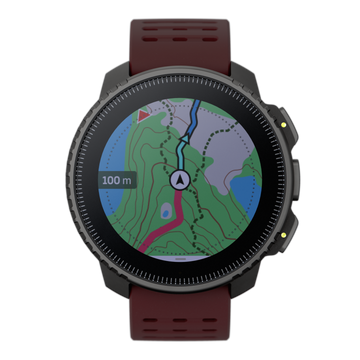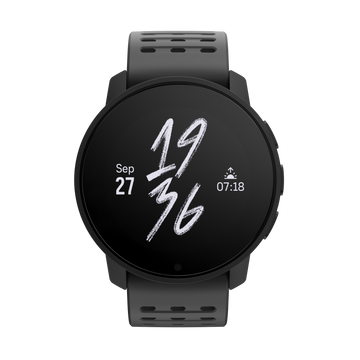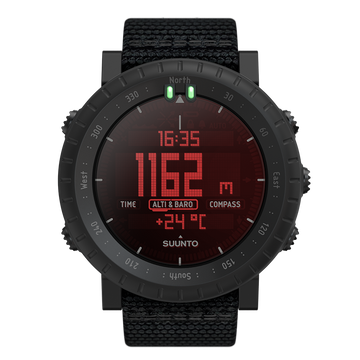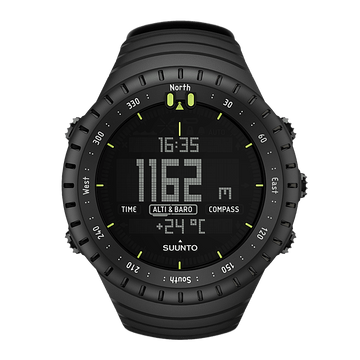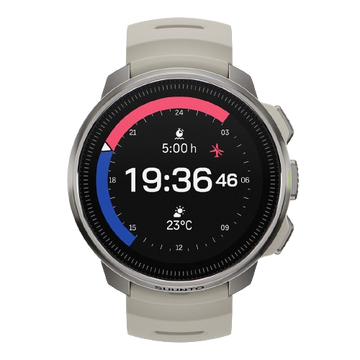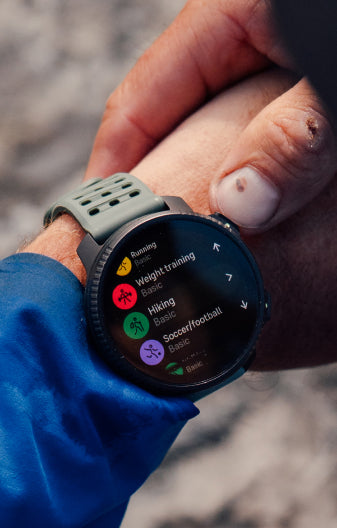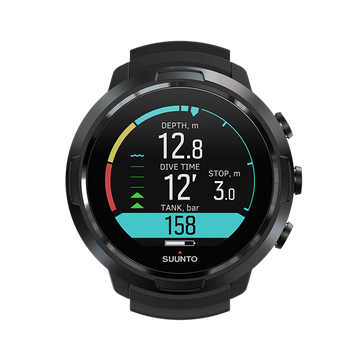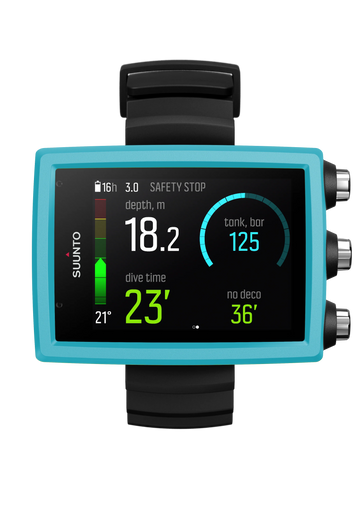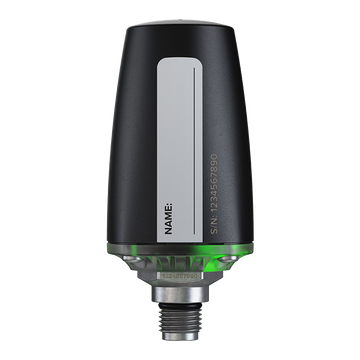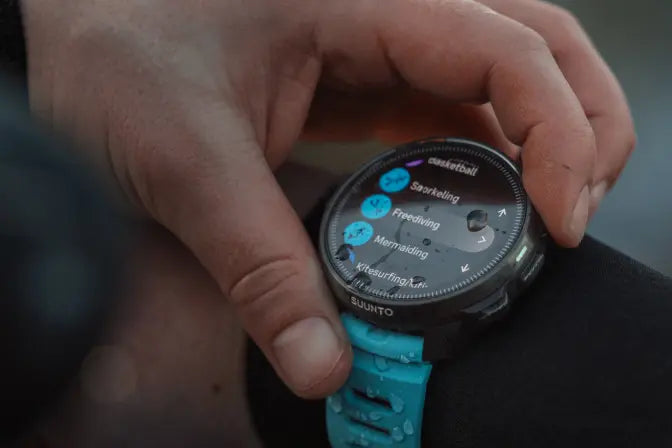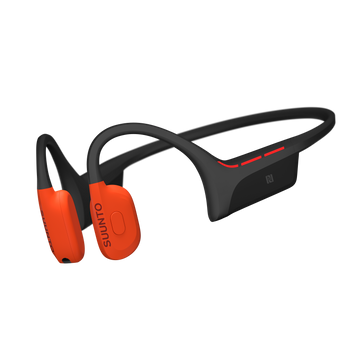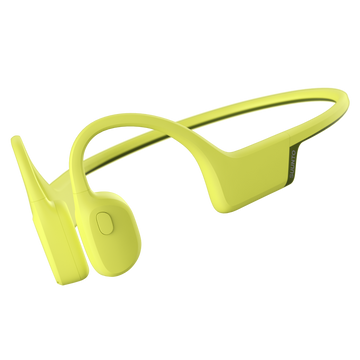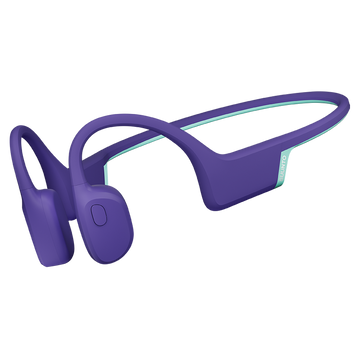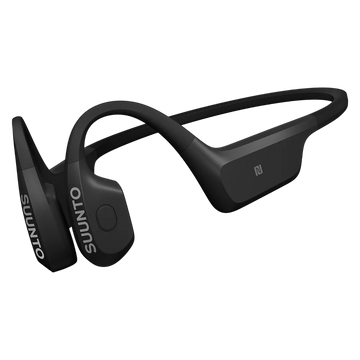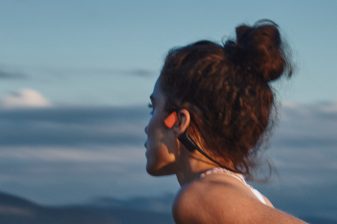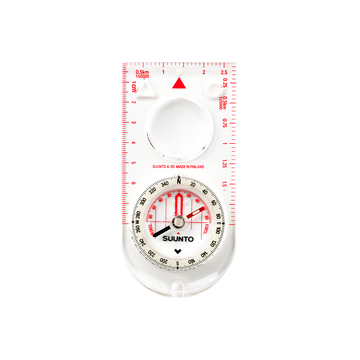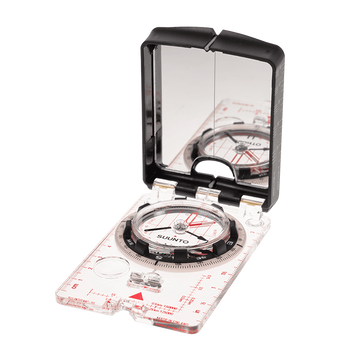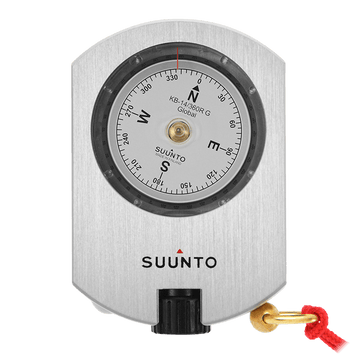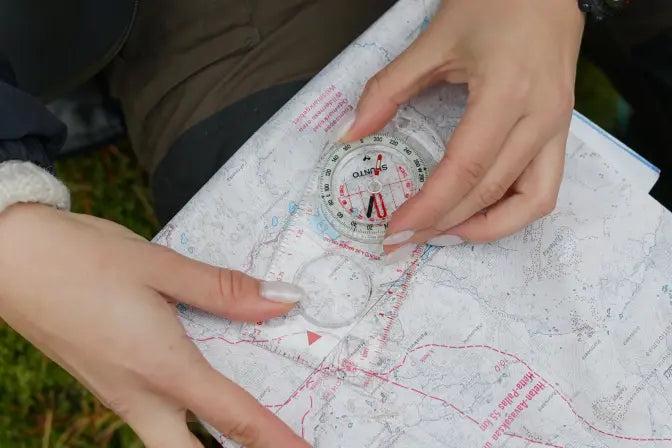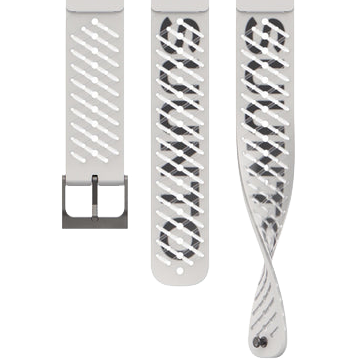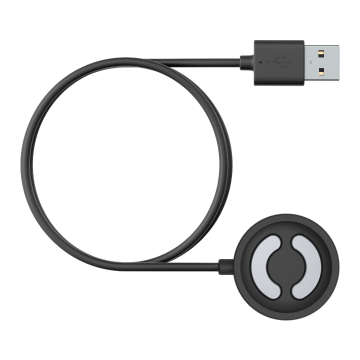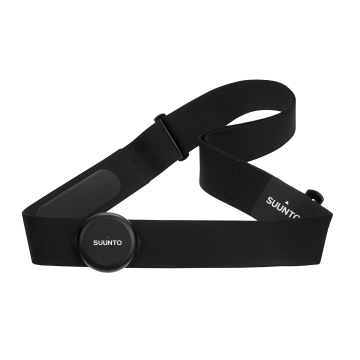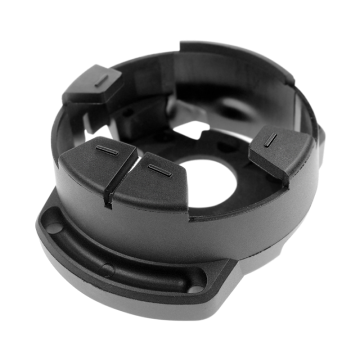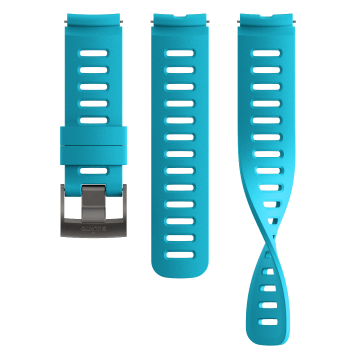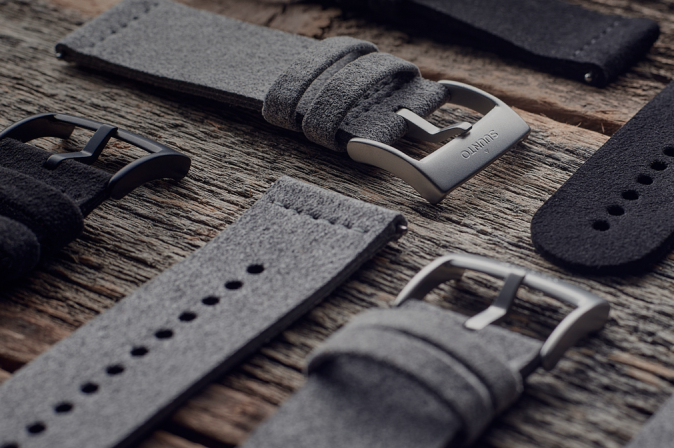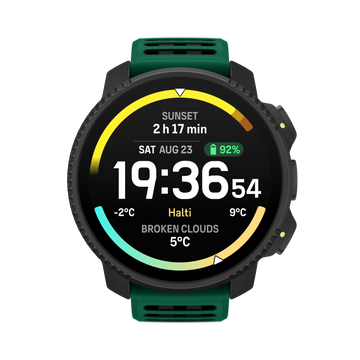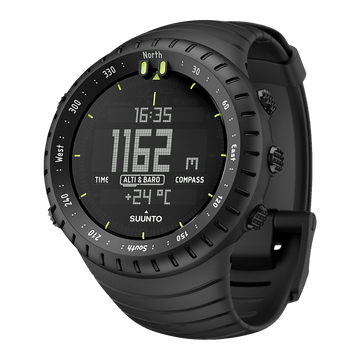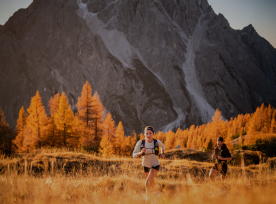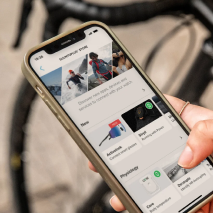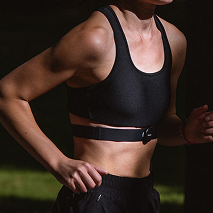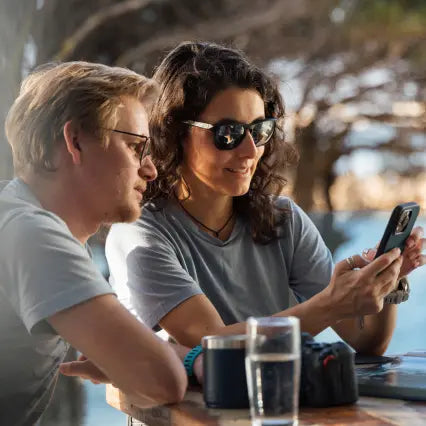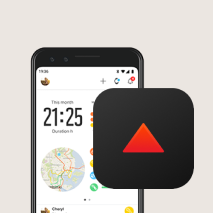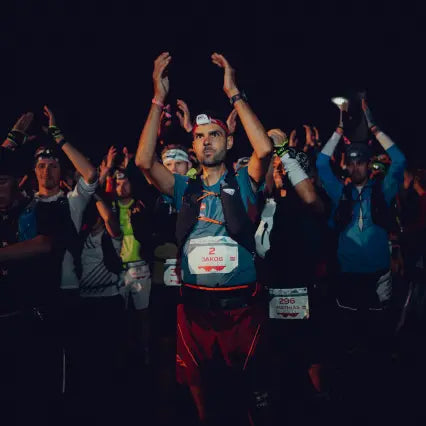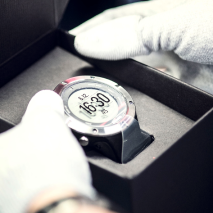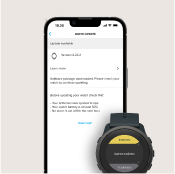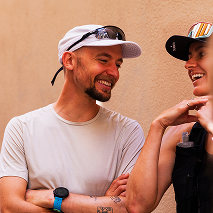

Suunto Blog

The benefits of training to music and making your best playlist
DJs have an uncanny ability to sense the mood on the dancefloor and the perfect gem to drop to bring the crowd up or down. You can learn to do the same with your own workouts!
We recently spoke to DJ act the Mambo Brothers about workout music and how to put together a playlist that makes you want to move – see below!
The Mambo Brothers, Christian and Alan Anadon, have been living and breathing electronic music since they were kids. Their parents were founders of the legendary Cafe Mambo Ibiza where some of the world’s biggest name DJs have come to play. Now full time DJs themselves, they try to exercise everyday to stay in balance.
In a new partnership with Suunto, the Mambo Brothers put together three playlists for Suunto users to enjoy on their next workout. The first playlist is ideal for recovery and chilling. The second playlist is more upbeat. And the third playlist is suited to an intense workout.
© Kevin Scott Batchelor
Play your own favorite tunes from your wrist
With the Suunto 7 smartwatch you can connect your headphones to your phone and control music and other audio – adjust volume, pause and skip tracks – straight from your wrist without taking your phone out of your pocket.
You can also listen to music without your phone: Spotify has just released an update to their Wear OS app that enables offline use. Simply connect your bluetooth headphones with your watch and download the tracks that you want to take with you!
With this new feature, Spotify Premium users will be able to download their favorite albums, playlists, and podcasts to listen offline. Free users will be able to stream their tunes in Shuffle Mode using a WiFi or cellular connection, as well as download any of their favorite podcasts directly to the watch.
LEARN HOW TO USE SPOTIFY WITH YOUR SUUNTO 7
The right music can boost performance
There are numerous studies that have shown the performance boosting potential of music. As always with scientific research, the findings are complex and contingent. To simplify things, the National Center for Health Research breaks down the benefits of listening to music while working out into two main categories: physical and psychological benefits.
Boosting physical performance
For you pop, rock and electronic music lovers, there’s good news; studies show that listening to music with between 120 and 140 beats per minute (BPM) can improve athletic performance. It can improve your pace, effort, overall distance or number of reps. Studies have shown cyclists can push harder when listening to faster tempo music. Another study discovered that our inbuilt rhythm response – the tendency to synchronise movement with music – helps runners to keep pace. Slower music, between 85 and 115 BPM, can also help to reduce your heart rate, suggesting it might be good to listen to during your warm down or recovery.
Psychological benefits
Listening to music has a massive impact on our perception and mood. One study found that listening to music you enjoy can elevate your mood and improve self awareness. It also distracts you from the sometimes unpleasant sensations of your workout, such as a thumping heart or tired and shaky muscles. And these two seem commonsense: music can kick you in the butt and get you out the door for a run, according to this study, while this study suggests it makes workouts more fun (we knew that!) Lastly, it also reduces your perceived level of exertion and can delay on the onset of fatigue!
5 tips to create an awesome workout playlist
Get the mood right
“Make it happy and uplifting so you can feel the good vibes and positive energy,” The Mambo Brothers advise. “It’s amazing what music can make us feel!” Try creating different playlists from different moods. For example, you might want a different playlist for a morning run compared to a run after work. One playlist might fit better for when you have tons of energy and another for when you’re feeling worn out.
Pick the right BPM
This handy tool tells you any song’s BPM. The recommended BPM for low to moderate workouts is between 120 and 140 BPM. For activities like yoga, pilates or mobility exercises, choose songs between 60 to 90 BPM. For slightly more intense exercise, the BPM can be around 150. For full on exercise, like cross fit or indoor cycling, the BPM can be up to 180. Consider creating different playlists for different activity intensities.
Find the right rhythm
Remember the “rhythm response” we mentioned above? To benefit from this natural tendency, try to find music with a BPM that matches your desired pace. For runners, match your stride rate to BPM, and cyclists match the number of RPM to BPM. If you’re doing lifting weights, be careful not to go with music with crazy fast BPM – or you might hurt yourself!
Create a journey
Every successful DJ knows how to take the crowd on a journey. If they only play one style, or one intensity, people get bored. Try to select music for your playlists that give a sense of a beginning, a middle and an end. You want to experience some big highs and some mellow moments during your workout. Perhaps you know you tend to struggle at around the three quarter mark of your long run, for example, so build in some bigger sound, faster tempo tunes for then in your playlist.
Test it out
No playlist is ever really finished. Feel free to make changes as you go so you get it just right. “Make a draft playlist, try it out while training, and if one tune doesn’t work delete it from the list,” the Mambo Brothers advise. “After three or four workouts, you should have a playlist that can really motivate you!”
Lead image: © Philipp Reiter
Read more articles
Meet the Mambo Brothers, two health conscious DJs living the nightlife
Ultra champ Courtney Dauwalter's 6 tips for mental strength
How to adapt your training when the unexpected strikes
Finding the right coach and Suunto compatible training service for you

How to improve your walking technique
Photo by Matic Kozinc on Unsplash
Walking feels like the most natural thing in the world. It’s just one foot in front of another, right? Well yes, but not quite. In this second article in our series on walking your way to good health (first article here), dynamic movement and mindfulness teacher Tatjana Mesar explains how there is more to walking well than you might guess.
She runs Zen Yoga by Dynamic Mindfulness, a studio and school in Berlin, and trains yoga teachers. Tatjana is passionate about helping people find more freedom and spontaneity in their movement, and breaking out of conditioned and limiting movement patterns. When she isn’t teaching, Tatjana studies the science of movement, and implements what’s relevant into her training. Recently, she has been studying Axis Syllabus, a biomechanical user manual and movement system. How we walk, our gait, is a central part of that training.
Socially ingrained gait patterns
What research shows is that how we walk, our gait mechanics, isn’t as “natural” as we might believe. We learn to walk by observing our parents and the world around us. As we grow up, we embody the patterns we see. These can limit the full potential of our gait. Some of us unconsciouly prevent the pelvis and arms from swinging because of cultural taboos that frown upon having a gait as being, for example, too free.
“One of the main elements regarding our gait is the counter lateral movement pattern (swinging the opposite arm and leg forward as we walk), which is an engineering marvel of human movement,” Tatjana says. “However, we don't really use it to its full potential due to the fact that walking is mostly cultural.”
“Changing the gait pattern is a process,” Tatjana continues. “It’s worth the effort because there’s usually a huge leak of energy when our gait is unbalanced or restricted.”
Here are three tips to improve your technique.
Explore your cross lateral pattern
You can do this exercise at home before you even step out the door. Its purpose is to learn to walk more freely. To begin with, stand in one spot, and practice swinging your arms forward and back, allowing the pelvis to rotate side to side. As you do this bounce a little in your knees. Once you have a feeling for this, begin taking steps forward, swinging the opposite arm and leg forward as you do so. Really allow your arms to swing. Try to relax as you do this, and don’t worry if it feels weird. Unlearning old and learning new movement patterns always feels awkward at the beginning. Practice this, off and on, when you are out walking, and over time it will become more natural.
Click play to watch Tatjana demonstrating a natural, free gait.
Check your head position
Another common issue with how we walk is our head position. It’s common for people to look down, tilting their head forward. “Especially because so often now we are walking and looking down at our smartphones,” Tatjana says. “The head adds six to eight kilograms of weight, but by tilting the head forward it increases to something like twenty kilograms. If the head is positioned directly above the shoulders, with the chin parallel to the ground, then that weight is transferred down into the feet and ground.”
When you’re walking, Tatjana advises to keep your head upright, with your eyes looking ahead, not on the ground below. “Also, relax your lower jaw, even slightly open the mouth to facilitate this, and relax the root of the tongue,” she says.
In this clip, Tatjana demonstrates a fun exercise to help free the pelvis.
Roll the feet
How you place your feet as you walk is also important. The correct technique, Tatjana says, is to roll the feet down as you step through. First place the centre of the heel, then roll the outside edge of the foot down before placing the outer toes, and rolling down the inner toes. This is also something to take your time with exploring. Don’t force yourself to do it all the time. It’s good to spend some time noticing how you are already placing the feet. “Imagine when you are walking you are kissing the earth with your feet,” Tatjana says. “This will help your footsteps to become more sensitive and mindful.”
Lead image: Photo by Noah Phung on Unsplash
Read more articles
How to walk your way to good health
The benefits of training to music and making your best playlist
7 recovery tips for immune fitness

Blaze Fresh Routes with Heatmaps
Rather than follow the herd, with Suunto Heatmaps you can find places where the crowd doesn't train. Then paint the town red and yellow with your own training glow. Whether you're looking for running, cycling, swimming or hiking routes, Heatmaps shows where the hotspots are, and where there's space for you to stay safe and keep your distance.
View Heatmaps on Suunto app and offline with Suunto 7
Based on millions of workouts, Heatmaps show where the Suunto community loves to train across the planet. Discover new training routes in your own neighborhood, find the popular local spots when you are somewhere new or – to stay safe and keep your distance – avoid the much-travelled trails.
To view activity specific Heatmaps and to plan routes go to the map view of your Suunto app and select the desired Heatmap layer. If you don’t have Suunto app yet, get it from the App Store or Google Play and start exploring.
On a Suunto 7 you have easy, offline access to both Heatmaps and detailed terrain maps when you're exercising outdoors. You can see your track on the map, use Heatmaps to explore new routes, or follow your track back to where you started from.

Join the #HomeTeamHero relay now and make your workouts matter
As a salute to all the frontline community heroes who have kept services running throughout the COVID-19 pandemic, Adidas Running has launched a donation relay to support relief efforts.
From May 29 - June 7, for every hour you exercise, regardless of sport, Adidas Running is giving $1USD to the WHO COVID-19 Solidarity Response fund. The goal of the #HomeTeamHero challenge is to inspire one million workout hours, raising one million US dollars!
All you need to do is connect your Suunto app and Adidas Running accounts, join the challenge, record your next workout with your Suunto watch and, boom, your activity is automatically synced with your Adidas Running account and your time and sweat will support the WHO’s COVID-19 relief efforts. Who needs more motivation than that?
Join the #HomeTeamHero donation relay!
All the latest Suunto watches – the 3, 5, 7 and 9 – are now compatible with the Adidas Running app (formerly called Runtastic). Adidas Running is a passionate community, and offers regular challenges, tips on how to train and tools to follow your training and progress. There is both a free version of the app, and a premium membership with extra benefits.
To sync with Adidas Running, go to your Profile in Suunto App and select Connect to other services. Select Adidas Running and connect your account. All your new workouts will then automatically flow to Adidas Running.
To show the endurance power of Suunto users and to represent, you can also join the Suunto group in the Adidas Running app. Let’s show them how we do it!
All images: © Thomas Marzusch, Kreativ-Instinkt
Read more articles
Blaze fresh routes with Suunto Heatmaps
The benefits of training to music and making your best playlist
How to adapt your training when the unexpected strikes
How to improve your walking technique

How to walk mindfully and its benefits
Practice mindful walking in your local park or forest. Photo by Biel Morro on Unsplash
Mindful walking is a way of learning to enjoy the simplicity of the present moment. It’s not a weird, uptight way of walking. It’s all about being natural and relaxed, but paying attention in a particular way.
Berlin based dynamic movement and mindfulness teacher Tatjana Mesar often includes mindful walking exercises in her yoga classes and teacher training courses. She says it teaches people to maintain a broader awareness of what’s happening in the moment, rather than being distracted by one thing or another.
“Walking mindfully is an opportunity to make life fresh everyday,” Tatjana says. “Even though we walk the same route, with a mindful mindset it will be fresh each time.”
Let’s be honest, it’s easy to get distracted while taking a stroll, especially in the city. Attention grabbing advertising, attractive people who catch the eye, and loud noises – they bombard our senses, tugginh them in different directions.
“We do live in an attention economy so there are a lot of things designed to rob our attention,” Tatjana says. “Mindfulness helps us remain aware of the whole picture rather than being pulled into those things.”
All this sensory stimuli can be pleasant or unpleasant, Tatjana explains, causing us to either be attracted or repelled. Police sirens might cause us to tense up, and feel the urge to move away. Colourful lights, on the other hand, catch our eyes and draw us towards them. This constant pushing and pulling is tiring. We can also get lost in our own thoughts, becoming oblivious to the world around us.
Here are Tatjana’s five steps to learn how to walk mindfully.
Mindful walking helps us to feel and notice more as we walk. Photo by Jon Flobrant on Unsplash
Take mindful nature walks
It might be a lot easier for you to learn to walk mindfully in a nice park or forest than in a busy city. There are far fewer distractions and it’s easier to relax, which is the heart and soul of walking with presence. “When we remove ourselves from the city and go into nature, our senses become more open and curious and we immerse ourselves in the landscape,” Tatjana says. “Now the trick is to apply what we learn to the city.”
Open your awareness
Whether you’re practicing mindful walking in nature or the city, the next step is to learn to maintain a wide field of awareness rather than being pulled into details. There are two aspects to this:
Sight: “Allow everything to enter your visual field without picking and choosing one object,” Tatjana says. “When you notice you are caught in a detail, simply widen your perspective again. It's like a camera; we can choose wide or narrow lens. We want to maintain a wide angle perspective.”
Sound: This is the same as above, but applied to what we hear. Rather than zooming in on one sound, try to maintain a broader awareness of all the sounds around you. This takes time and practice to learn. “Try to keep the attention present on everything you are hearing,” Tatjana says.
One footstep at a time
The next step is to learn to anchor your attention on the process of walking itself. The main anchor point is the feeling of the feet on the ground. There are two stages to this:
Each step: To begin with, just focus on the feeling of your feet on the ground; the weight shifting from one foot to the other. “ If your mind is very busy, you can stay with this the whole time,” Tatjana says. “Just know when your feet are touching the ground and the movement of the body. Don’t interpret it in any way, just stay with direct recognition.”
Whole body: The second stage is to broaden your awareness to include feeling the whole body, as well as your feet. Notice the legs and arms swinging, and the subtle rotation in the spine. “Be aware of movement unfolding in the body as you walk,” Tatjana says. “As the body moves the mind rests in that movement rather than running away with thoughts. I compare it to lying in a hammock; the hammock is moving, but you are relaxed.”
Keep it fresh
Humans are creatures of habit. We like to have a comfortable routine to stick to. But this can cause us to operate on automatic pilot, so we don’t really tune into what’s happening. “If we make our walking a routine, doing the same thing everyday, then we end up on autopilot, limiting life to mindless repetition,” Tatjana says. “It’s important to realise that we have other options. So don’t always walk in the same streets. Find a way to change the route.”
Practice at home
Mindfulness is all about interrupting our routines so we wake up to the freshness of life. Home is usually a place we are the most routinised. “It’s nice to slow down at home and be aware of your feet on the ground as you walk around,” Tatjana says. “Learning to slow down is the key.”
Lead images:
Photo by aliunix on Unsplash
Photo by Jon Flobrant on Unsplash
Read more articles
How to walk your way to good health
How to improve your walking technique
7 tips to plan a route in the mountains

10 reasons to enjoy open water swimming with Suunto
Every cloud has its silver lining, and the upside to the COVID-19 related pool closures is it challenges swimmers to suit up and go open water swimming. If you’re looking for adventure, look no further than swimming in the majesty of nature.
“Getting out of the swimming pools, and getting out into nature gives a completely different perspective to swimming,” says Dag Oliver, triathlete and general manager of the notorious Norseman Xtreme Triathlon. “It’s like the difference between track running and trail running. It gives a new dimension to the swimming experience.”
Stay safe and warm
Before taking the plunge, read through the Norseman Xtreme Triathlon swim code to make sure you stay and warm. The first rule is never swim alone.
10 reasons to swim with a Suunto watch
They are watertight
All Suunto watches are waterproof. And when our watches say waterproof to 100 m, they really mean it. Our products are tested in extreme conditions in Finland. If it can survive Finland, it can survive anything.
They tell you the temperature
Suunto watches with a pressure sensor, such as the Suunto 9 Peak and Suunto 9 Baro also tell you the temperature.
To get an accurate reading on the water temperature, hold your watch by its strap underwater for a minute or two before beginning your swim. Knowing the temperature will give you an idea of how long you would like to stay in the water. Post swim, you can also see the temperature in your activity data.
Suunto Heatmaps show you the popular openwater swimming spots all over the world.
You can find swimming spots with Suunto Heatmaps
Suunto App Heatmaps makes it easy to find popular open water swimming spots. And popular spots are likely to be safe spots.
Based on millions of workouts, Heatmaps show where the Suunto community loves to train across the planet. You can filter the map by activity, like swimming, running, cycling etc. Check out our Heatmaps in Suunto App or directly in our smart Suunto 7 watch.
Heatmaps is especially helpful if you are new to an area or just visiting; it’s not always apparent where the water quality is good, where there are strong currents or where there is marine traffic.
It also shows you where local swimmers enter the water. Sometimes it isn’t easy finding the safest entry point. You can identify where they swam to, and where swimmers don’t go, and where they exit.
GPS tracks your swims
With GPS you can look back at your swim and see where you went, and whether you zigzagged like a drunk driver, or followed the straightest line between points A and B. Learning to swim straight is important for conserving energy and time.
Tracking with GPS while swimming with your watch on your wrist is challenging because as soon as it’s submerged the signal is lost. This means GPS works with freestyle, backstroke and butterfly because the watch is raised out of the water with each stroke. It doesn’t work with breaststroke.
One way to ensure a better GPS signal is to stash your watch underneath your swim cap at the back of your head. But to ensure perfect tracking, stow your watch in your swimming tow float.
They record your heart rate
The best way to record your heart rate while swimming is by wearing a Suunto Smart Sensor heart rate belt around your chest. However, the BLE signal between the heart rate monitor and your watch cannot be transmitted underwater. The Smart Sensor instead stores the data and automatically transmits it to the watch once you are out of the water.
Suunto watches also have optical heart rate sensing functionality, but this doesn’t work if the watch is on the outside of your wetsuit. Even against your skin, it’s not as reliable as a Smart Sensor strap.
They capture important metrics
Suunto technology provides real-time training intelligence. When you’re in the water you can see what’s happening and adjust your stroke, pace, intervals and breaks accordingly.
A key open water swimming metric is duration. Your watch will tell you how long you’ve been in the water. This is important to keep an eye on, especially in cold water.
Photo by Todd Quackenbush on Unsplash
You can see when you’re slacking off
A common mistake for novice open water swimmers is to do a long swim session without any breaks. Whereas when they’re in the pool, it’s common to break down the session into shorter intervals. This ensures you maintain good technique as it helps you stay fresh throughout the session. Follow the same logic for open water swimming. Don’t just cruise for miles/kilometres, but break up your session with intervals and rest periods.
Your Suunto watch can help you with interval training. For example, do hard two minute intervals with 30 second rests between them. Your Suunto watch will vibrate and beep when each interval and rest period is over.
You can see when your technique is getting sloppy
Your Suunto watch captures the number of strokes you are doing per minute. Out on an open water swim, this useful metric tells you when your stroke technique is deteriorating as you become more fatigued. Then you can concentrate on correcting it.
Photo by Jon Del Rivero on Unsplash
They tell you your SWOLF
Improving your stroke mechanics is essential for competitive sport. Suunto watches analyze your sessions, identify the swim style, stroke rates and calculate your SWOLF score.
Swim-Golf, or SWOLF, is a score based on a combination of stroke rate and time in water, giving an indication of how efficient you are as a swimmer. The reference to golf comes from the fact that, like with golf, the lower your score the better you are. The fewer strokes and the less time you take in the water, the more efficient you are. As your swimming technique improves, you will be able to swim faster with the same stroke rate, which means each stroke is propelling you further forward.
They connect with Swim.com
Suunto can be synced with Swim.com, the world’s most advanced swimming dedicated platform and community. You will get in-depth swim specific analysis, helping you to improve. Another cool feature at Swim.com is they select the workout of the week, encouraging its community members to try to climb the swim team leaderboards.
Read more articles
Blaze fresh routes
The benefits of training to music and making your best playlist
How to improve your walking technique
